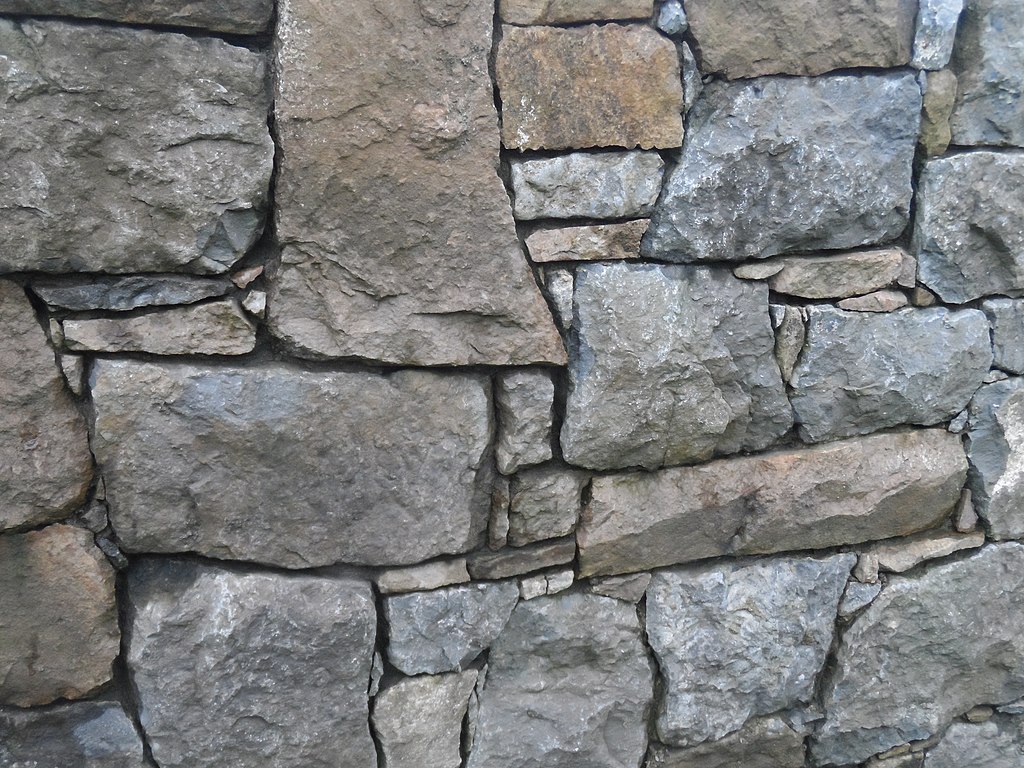There are three groups of stone used for construction: igneous, metamorphic, and sedimentary stones.
Igneous rock, such as granite, is mainly composed of volcanic material. Magma beneath the earth’s surface hardens as it combines with mineral vapors and liquids to form a variety of geological formations.
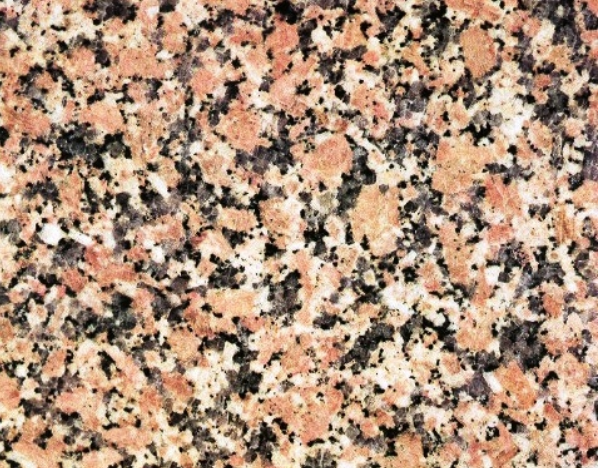 This coarse-grained stone is predominantly composed of quartz and feldspar. Crystallization gives granite its characteristic color flecks; the longer the molten rock has to settle, the larger the color granules become. Granite is a popular building material primarily due to its resilience, endurance, and minimal maintenance requirements. It is good for flooring and columns, but is quite expensive compared to other frequently used natural stones.
This coarse-grained stone is predominantly composed of quartz and feldspar. Crystallization gives granite its characteristic color flecks; the longer the molten rock has to settle, the larger the color granules become. Granite is a popular building material primarily due to its resilience, endurance, and minimal maintenance requirements. It is good for flooring and columns, but is quite expensive compared to other frequently used natural stones.
Metamorphic stones are produced by a long time exposure to a combination of pressure, temperature, and mineral deposits. The most frequently utilized metamorphic natural stone is marble.
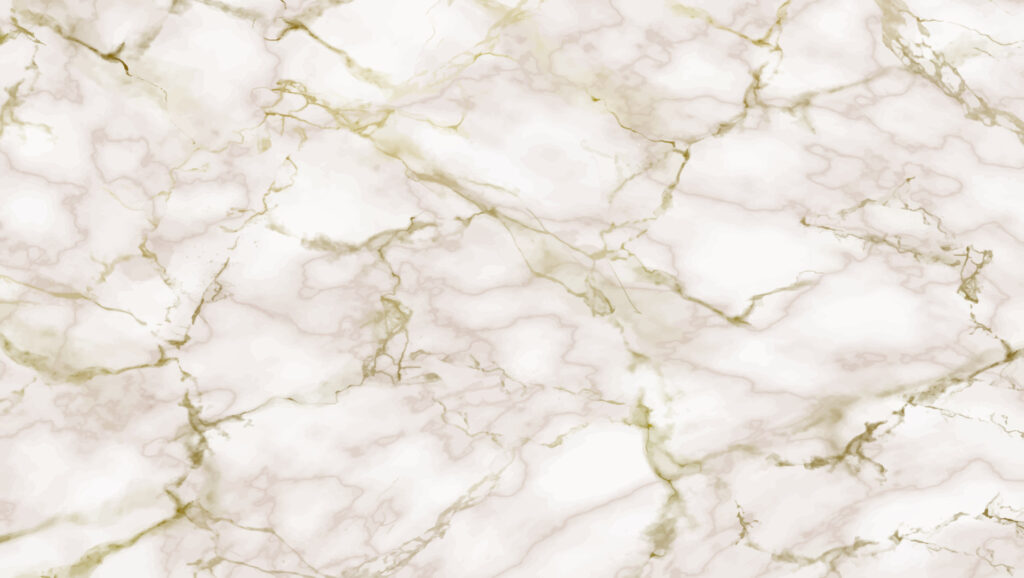 Marble is found in the mountainous regions of numerous countries, including Canada, Italy, Germany, Spain, and the United States. It is a very durable, uniformly textured and can be readily shaped and sculpted into various forms and then polished. Its sweeping lines, gorgeous colors, and high polish give it a distinctively elegant appearance. Marble is an attractive option for flooring, wall coverings, countertops, restroom walls, floors, cabinet tops, Jacuzzi platforms, and showers. The only drawback of utilizing marble for construction purposes is its susceptibility to scratching and chipping.
Marble is found in the mountainous regions of numerous countries, including Canada, Italy, Germany, Spain, and the United States. It is a very durable, uniformly textured and can be readily shaped and sculpted into various forms and then polished. Its sweeping lines, gorgeous colors, and high polish give it a distinctively elegant appearance. Marble is an attractive option for flooring, wall coverings, countertops, restroom walls, floors, cabinet tops, Jacuzzi platforms, and showers. The only drawback of utilizing marble for construction purposes is its susceptibility to scratching and chipping.
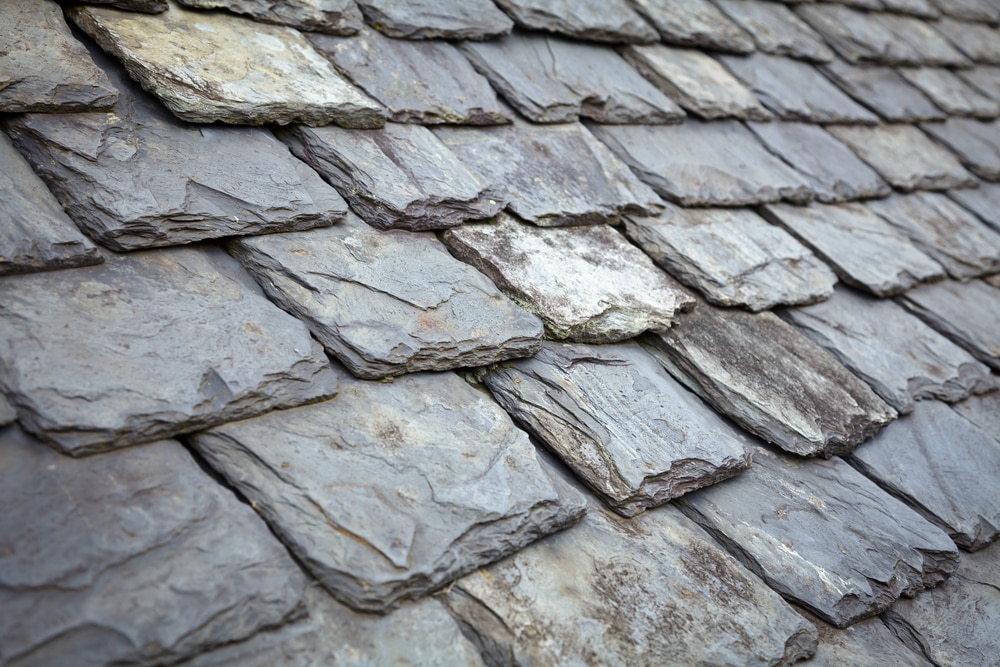 Slate is a metamorphic stone composed of compressed deposits such as clay and shale. Its pigmentation is less striking than that of granite or marble, but slate makes it simpler to develop surfaces with a consistent look in black, gray, pewter, and brown tones. Slate has a lengthy history of use as roofing materials, carpeting, monuments, and masonry stones, among other applications.
Slate is a metamorphic stone composed of compressed deposits such as clay and shale. Its pigmentation is less striking than that of granite or marble, but slate makes it simpler to develop surfaces with a consistent look in black, gray, pewter, and brown tones. Slate has a lengthy history of use as roofing materials, carpeting, monuments, and masonry stones, among other applications.
Sedimentary stones are produce in rock strata over millions of years under intense heat and pressure. Prime examples include limestone, sandstone, and travertine, among many others.
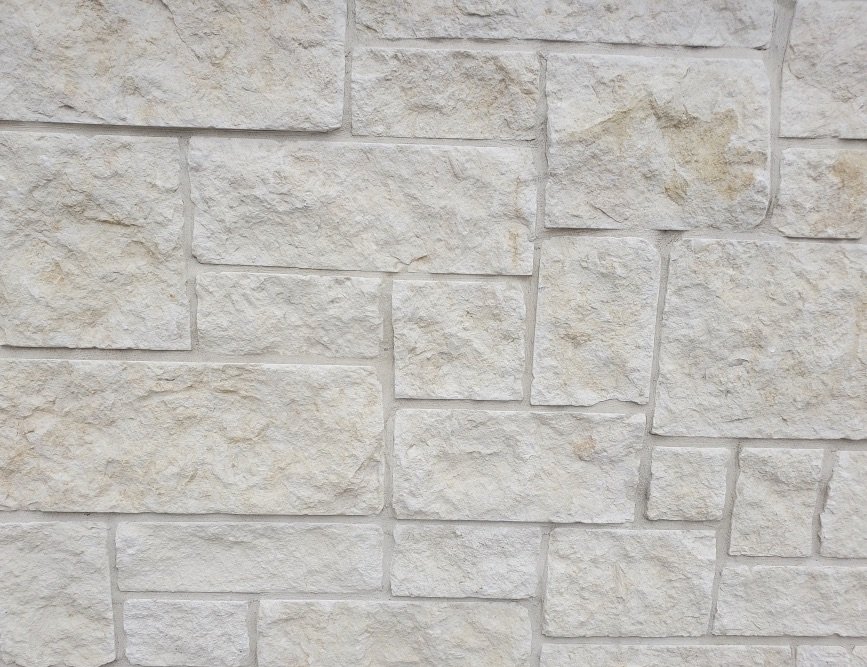 Limestone is made up of calcite and magnesium and is typically gray but is also available in other colors. From a geological standpoint, limestone is either formed in deeper marine water or through the evaporation of water during the formation of caves. Its primary component, calcite, is formed primarily by the decomposition of organisms that produce shells and construct coral. As a building material, limestone is employed in the construction of walls, decorative ornamentation, and cladding.
Limestone is made up of calcite and magnesium and is typically gray but is also available in other colors. From a geological standpoint, limestone is either formed in deeper marine water or through the evaporation of water during the formation of caves. Its primary component, calcite, is formed primarily by the decomposition of organisms that produce shells and construct coral. As a building material, limestone is employed in the construction of walls, decorative ornamentation, and cladding.
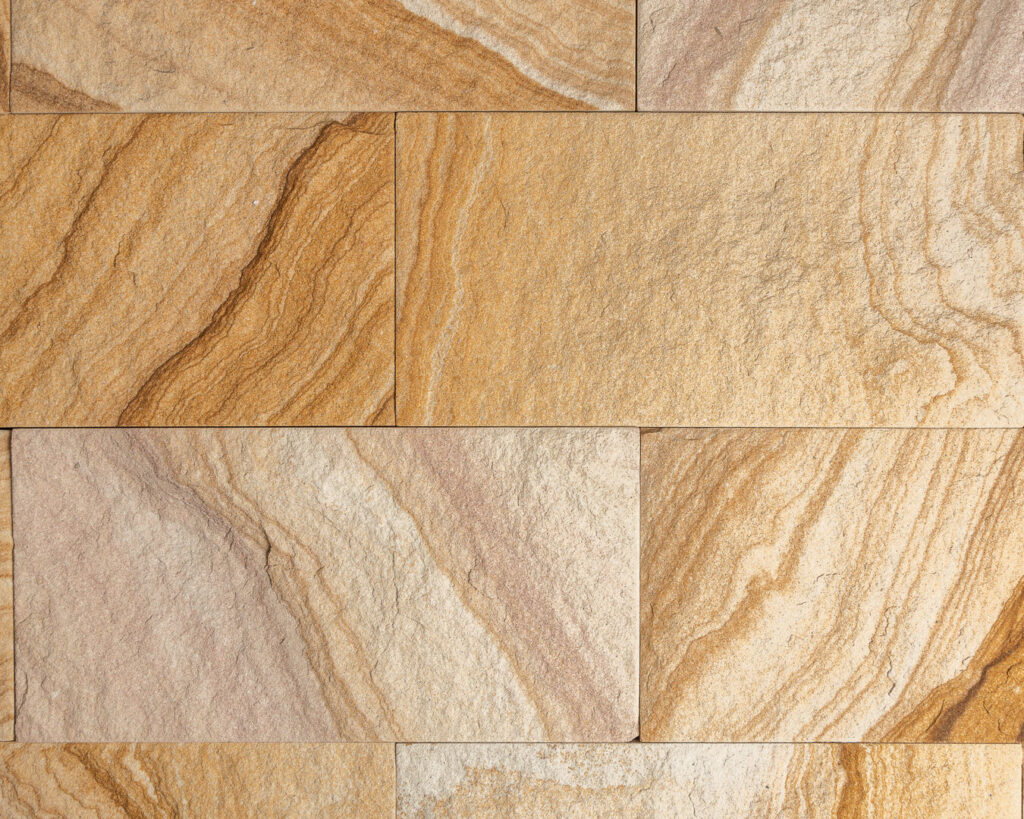 Sandstone is durable and weather-resistant and is frequently used for adorning exterior and internal walls, in addition to outdoor seating, pavement material, patio tables, and poolside coping. It can be of a color similar to sand, but the most frequent hues are tan, brown, gray, white, red, and yellow. Sandstone is highly susceptible to weathering and erosion damage which is a major concern for construction purposes.
Sandstone is durable and weather-resistant and is frequently used for adorning exterior and internal walls, in addition to outdoor seating, pavement material, patio tables, and poolside coping. It can be of a color similar to sand, but the most frequent hues are tan, brown, gray, white, red, and yellow. Sandstone is highly susceptible to weathering and erosion damage which is a major concern for construction purposes.
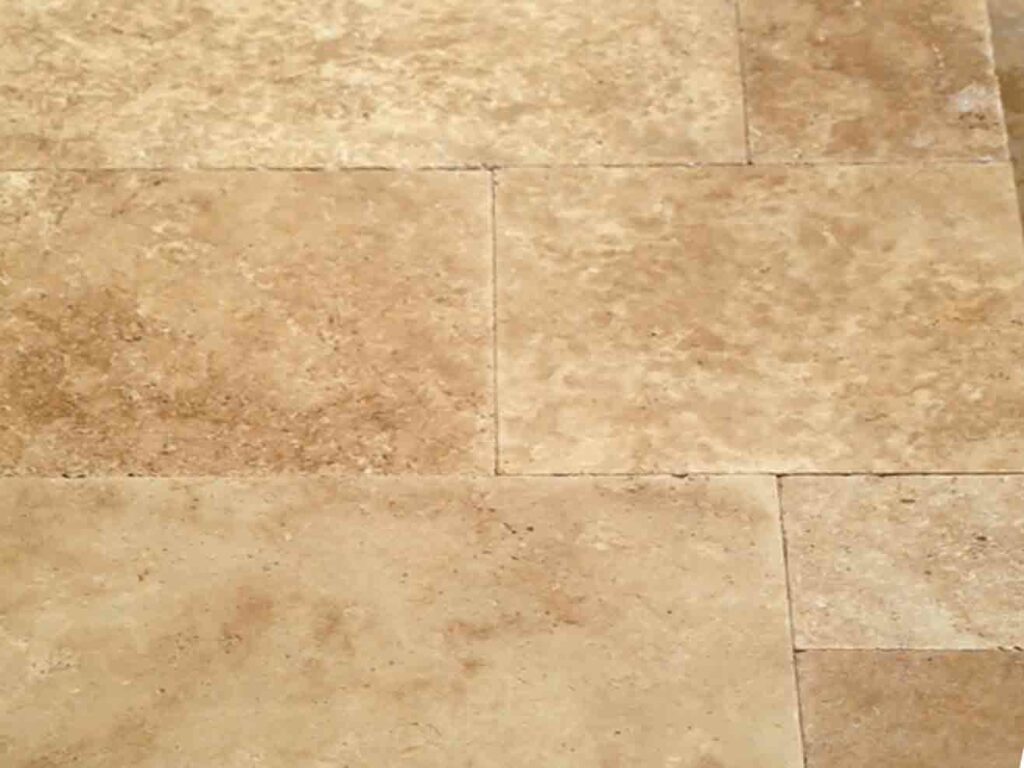 Travertine is a variety of limestone and one of the most widely used stones for interior and exterior wall coverings, internal and exterior pavement, floors and countertops. This stone is prized for its reflective qualities as well as its resistance to blemishes and the elements. However, it is extremely reactive to acids and is more prone to heat than many other natural stones.
Travertine is a variety of limestone and one of the most widely used stones for interior and exterior wall coverings, internal and exterior pavement, floors and countertops. This stone is prized for its reflective qualities as well as its resistance to blemishes and the elements. However, it is extremely reactive to acids and is more prone to heat than many other natural stones.
Each form of natural stone has its distinct benefits and drawbacks, and picking a kind of stone will hinge on factors such as finances, location, and preferred design. It is best to hire a skilled and knowledgeable contractor to ensure that natural stone is installed and maintained properly.
You can read the original article at www.azobuild.com

